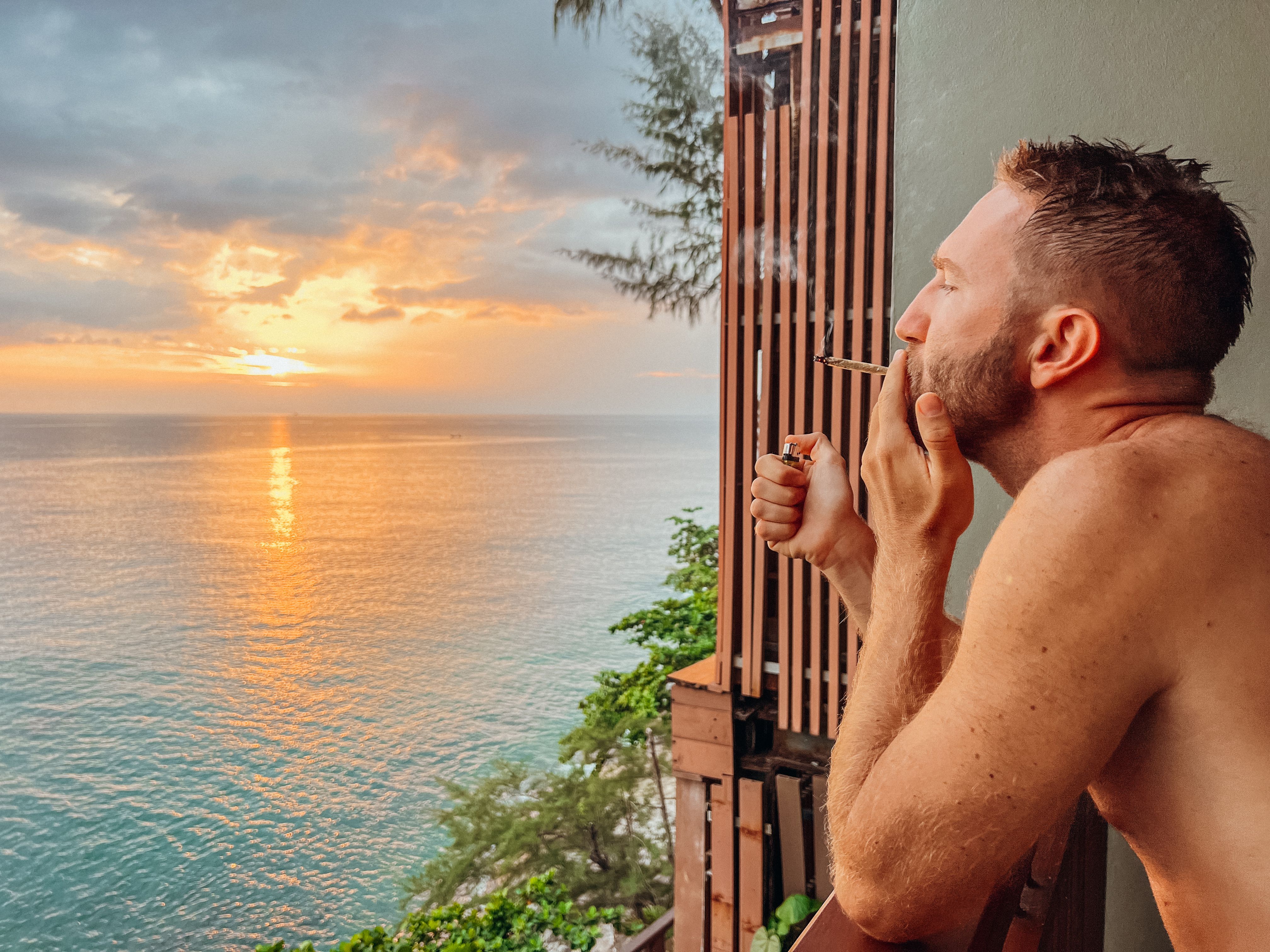Seasonal Smoking Trends and Their Impact
SH
Introduction to Seasonal Smoking Trends
Smoking trends often fluctuate with the seasons, influenced by various factors such as weather, social behaviors, and cultural events. Understanding these patterns can provide valuable insights for businesses in the tobacco and vaping industries, as well as public health officials aiming to reduce smoking rates.

Winter: A Surge in Smoking
During the winter months, many smokers tend to increase their consumption. The colder weather can lead to more indoor gatherings where smoking might be more prevalent. Additionally, the holiday season can trigger stress and social smoking, contributing to this trend.
Winter also sees a rise in sales of flavored tobacco products. Warm and spicy flavors become popular as they complement the season's festivities and offer a comforting experience.
Spring: A Shift in Habits
As spring arrives, there is often a shift in smoking habits. The warmer weather encourages outdoor activities, and smokers might find themselves smoking less frequently. This season also brings a focus on health and wellness, leading some individuals to attempt quitting smoking.

Marketing strategies during this time often highlight lighter and fruitier flavors, appealing to those looking to embrace a fresh start with the season's change.
Summer: Social Smoking Peaks
In the summer, social smoking often peaks due to outdoor events and vacations. People are more likely to smoke in social settings such as barbecues, festivals, and beach outings. This season witnesses a rise in the popularity of e-cigarettes and vaping devices, which are more convenient for outdoor use.
Impact on Sales
The demand for portable and compact smoking devices increases during summer. Retailers often see a spike in sales of disposable vapes and travel-friendly products.

Fall: Preparing for Change
The fall season marks a transition period where many smokers start considering lifestyle changes. With the return to routine after summer, there is a slight decline in smoking rates as people prepare for the upcoming winter.
Promotional campaigns in the fall often focus on supporting those looking to quit smoking, offering nicotine replacement products and cessation programs.
Conclusion: The Impact of Seasonal Trends
Understanding seasonal smoking trends is crucial for businesses and health officials. By recognizing these patterns, they can tailor their strategies to better meet consumer needs and promote healthier lifestyles. Whether it's leveraging the popularity of certain flavors or supporting cessation efforts, aligning with seasonal trends can lead to more effective outcomes.